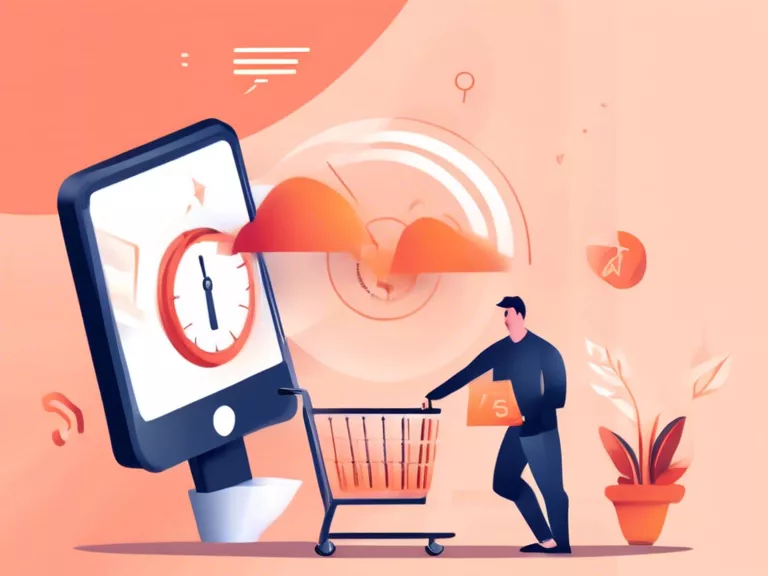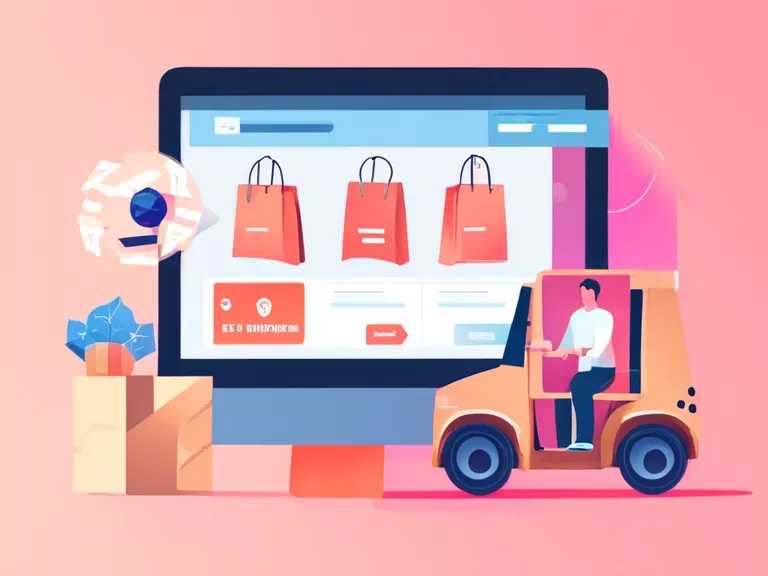
How to Boost Your E-commerce Site Speed for a Better User Experience
In the world of e-commerce, site speed is crucial for retaining customers and driving sales. Slow loading times can lead to frustrated users abandoning their shopping carts and turning to competitors. To ensure a seamless experience for your customers, it's important to optimize your e-commerce site speed. Here are a few tips to help you boost your site speed and provide a better user experience:
Optimize Images: Large image files can slow down your site significantly. Make sure to compress images without compromising quality. You can use tools like Photoshop or online compressors to reduce file sizes.
Minimize HTTP Requests: Each element on your webpage requires an HTTP request, which can slow down loading times. Minimize the number of elements on your page by combining CSS files, using sprites for images, and reducing the number of plugins.
Utilize Browser Caching: Enable browser caching to store static resources like images, CSS, and JavaScript files on your visitors' browsers. This way, the next time they visit your site, these resources will load faster, reducing load times.
Upgrade Your Hosting Provider: If you're experiencing slow loading times, it might be time to upgrade your hosting plan. Look for a hosting provider that offers faster servers and better performance, especially during peak traffic times.
Run Regular Site Audits: Regularly audit your site for any issues that might be slowing down performance. Use tools like Google PageSpeed Insights or GTmetrix to identify areas for improvement and make necessary changes.
By optimizing your e-commerce site speed, you can improve user experience, increase conversions, and ultimately drive more sales. Remember that a fast-loading site is key to keeping customers engaged and coming back for more.



